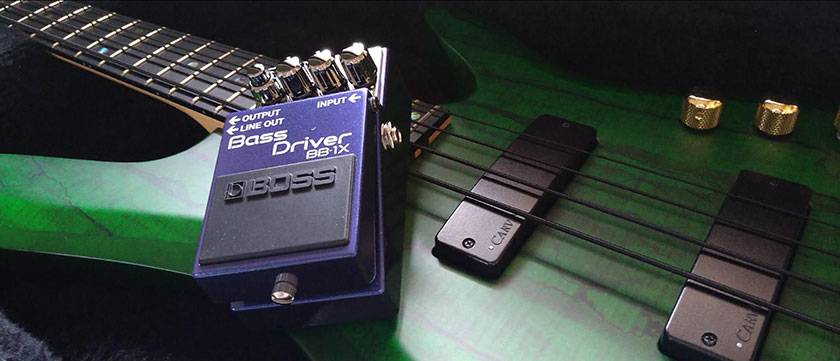
As you might have noticed, my articles tend to focus on product reviews, and here’s another one I want to introduce.
This time, it’s the BOSS BB-1X Bass Driver from none other than the legendary BOSS, representing Japan.
BOSS / BB-1X Bass Driver Bass Preamp
Honestly, why didn’t I buy this sooner? Why? I’m seriously regretting not getting it earlier.
And even though it’s been almost seven years since its release, it doesn’t feel out-dated.
Some people say, “Just plug it in, and it sounds great,” but let’s find out if that’s true.
Most importantly, this might be the last preamp I’ll be reviewing (as of 2022, I might change my mind).
Preamp products are mostly established as classics (as expected), and this one is no exception.
So, even though it’s a bit late, let me share my thoughts (I wish there were a way for readers to add comments or feedback).
First, let’s take a look at the official description of the product:
■ Main Points:
- The clarity of sound is instantly noticeable!
- The Drive & Blend knobs give you full control, with no sound loss – use it as you like!
- Its real strength lies in the line output?
- EQ includes Low & High, but it works differently than the ODB-3
1. The clarity of sound is instantly noticeable!
This might be the key feature of this preamp—“just plug it in, and it sounds great.”
It’s the kind of pedal that feels essential once you start using it.
It’s probably the first preamp from BOSS after the ODB-3.
However, the knobs are similar, but here we have a preamp, whereas the ODB-3 is an overdrive pedal.
What’s the difference?
I think the major difference lies in their design and intended use.
Their core functionalities are distinct—just my speculation (as a ‘daydreaming bassist’ full of imagination!).
It likely comes down to the implementation of the MDP technology.
It’s a bit different from analog circuits, and it results in a somewhat processed sound.
While ‘processed’ might sound unnatural, think of it as compensating for the loss of sound that occurs when your signal travels through cables from your bass to the amp and then to the speakers.
Also, about the ‘clarity of sound’ in the chapter title, it’s common with distortion pedals to have the sound become mushy if overdone (what the hell is that?).
But this doesn’t seem to happen here.
While newer products have adopted similar solutions, BOSS had the foresight to include this feature back in 2015.
I’m sure many of you have been looking for this exact sound!
2. The Drive & Blend knobs give you full control, with no sound loss – use it as you like!
Here it is! Go crazy with distortion!
But keep in mind, it might not be perfect as a distortion pedal.
—It’s more suited for leaving on constantly.
The BB-1X might be what you were looking for.
The thick and dirty sound is one of its main characteristics.
I need to tell one thing:
I highly recommend this pedal to those who have used or are using the TECH21 SansAmp.
I think the SansAmp is the perfect comparison.
The SansAmp is known for its sharp, cutting distortion.
On the other hand, the BB-1X offers a dirtier, thicker tone.
Here’s a recommended video showcasing this pedal (I leave it to the video):
This is a video of Mutsumi who plays extended-range jazz basses.
It demonstrates the pedal’s sound very clearly, so please take a look at it.
3. Its real strength lies in the line output?
How effective is the line output, really?
I haven’t had the opportunity to perform in large venues, and as a home bassist, I rarely use it.
However, the reason I’m bringing it up is that this is the first time a BOSS bass pedal includes a line output.
No BOSS pedals for bass have had the line output.
The output uses an XLR male to TRS phone connector (just like the ALBIT A1BP Vintage Mark II).
BOSS says they put a lot of effort into this feature, so it’s worth looking into.
I feel so ashamed because I have no chance to use this feature.
For example, if this could be used as a headphone output, it might attract more users (the output jack on the ALBIT pedal can also be used as a headphone output).
It might be worth trying to connect it to an audio interface once.
4. EQ includes Low & High, but it works differently than the ODB-3
In more practical terms, even if you crank it up all the way, it’s still usable.
It feels like this EQ is designed to be left on without becoming too extreme.
In fact, it might be better to adjust it depending on the tone of your bass, amp, or speaker.
You can boost the LOW for a thicker sound or raise the HIGH for a bit of grit.
Some might think of this as a more ‘crafted’ sound, but the knobs are very intuitive and stress-free to use.
It seems like this kind of knob configuration is becoming more common recently.
Rather than creating extreme tones, it’s more like, “Let me just tweak this a bit for you.”
That said, my settings are almost centered, haha.
In contrast, with the BOSS ODB-3, raising the HIGH affects the presence? It feels like that’s because it’s a distortion pedal.
Even in that context, this pedal seems designed to prevent the sound from falling apart.
You could consider the fact that this pedal has a more subtle character as one of its strengths.
If I had to describe it, it feels more like LOW-MID and HIGH-MID.
For the ODB-3, the EQ is about “how do you want to distort the sound?” but for this one, it’s more about “what kind of sound do you want to create?”
If I had to pick a keyword, it would be “the approach is not extreme”.
■ Final Thoughts
This will likely be my last preamp review.
Why? Because I’ve finally completed my journey to find the perfect preamp (though no one ever really says their search is truly over).
Although there are countless products I’d like to try, I’m currently holding back because I can only use a limited number of them. To be honest, the real reason is that I have my financial limit.
That said, after thoroughly testing this preamp, I can confidently say it works with any bass!
That’s classic BOSS for you! (The saying “If you’re unsure, go with BOSS” holds true.)
Of course, now I want to get my hands on a BOSS amp, and my gear lust never ends!
I hope to continue writing articles that are helpful and informative, so please stay tuned for more in the future.
Finally, here are links to some of my previous articles.
In these articles, I discussed the other preamps I’ve used.
There are only three though...
On a serious note, whether it’s because of the thorough research I’ve done or not, I’ve grown incredibly attached to all four units, and they are now genuinely part of my pedalboard. I’ve reviewed them honestly, without any exaggeration.
Previous Articles: Preamp Introductions
- ALBIT A1BP VINTAGE MARKⅡ
- Darkglass Electronics Microtubes B7K Ultra V2 with AUX in
- MXR M80 BASS D.I+
These are the preamps I currently have for further research, and I’d love to hear your thoughts or questions on Twitter.
Thank you for reading till the end!
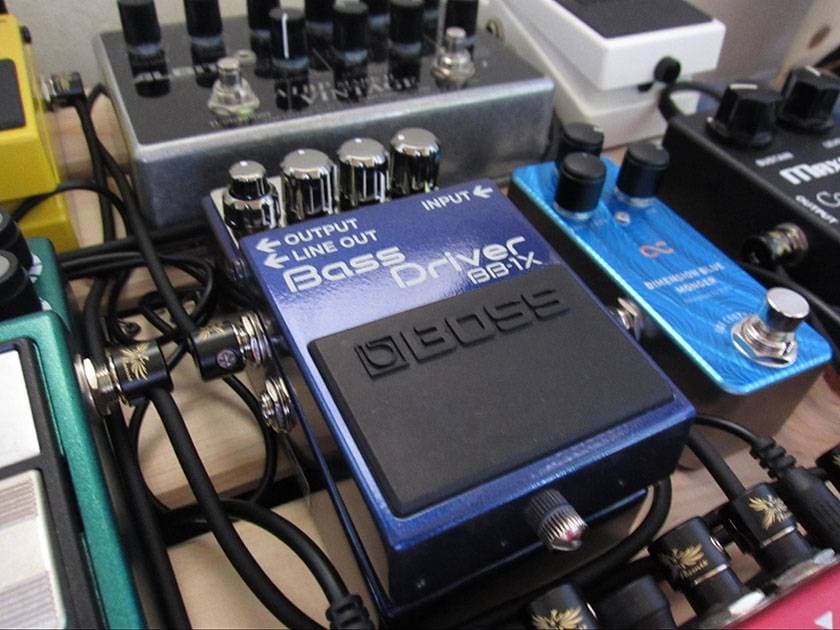
The “sound & person” column is made up of contributions from you.
For details about contributing, click here.





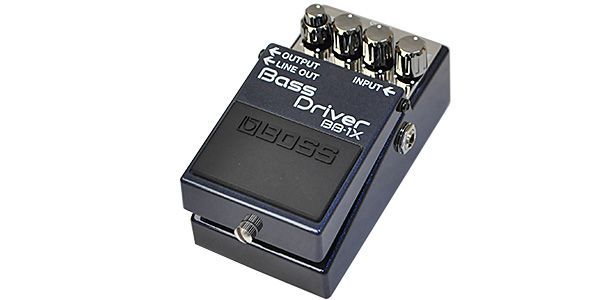







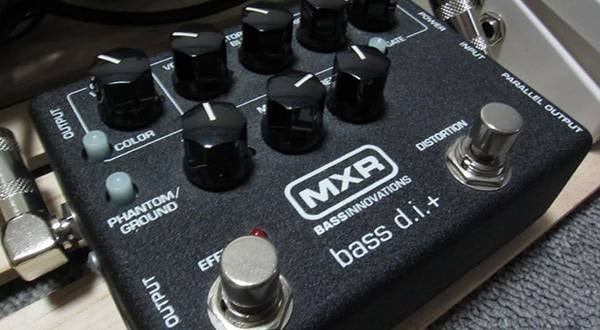
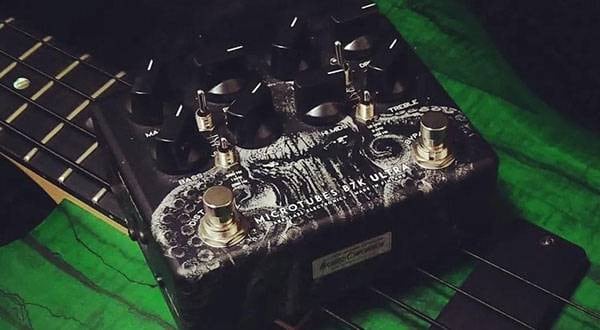
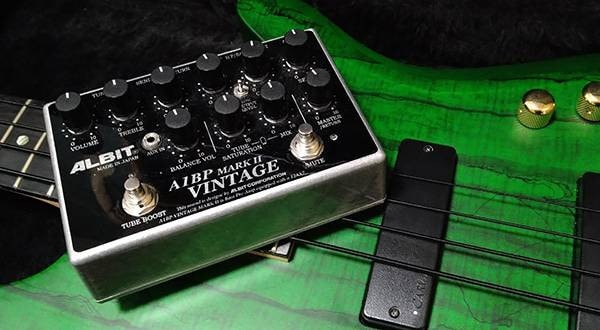
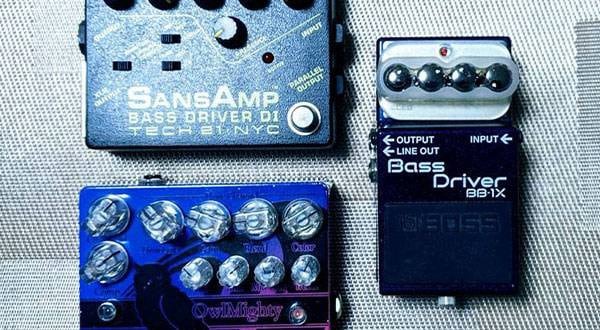
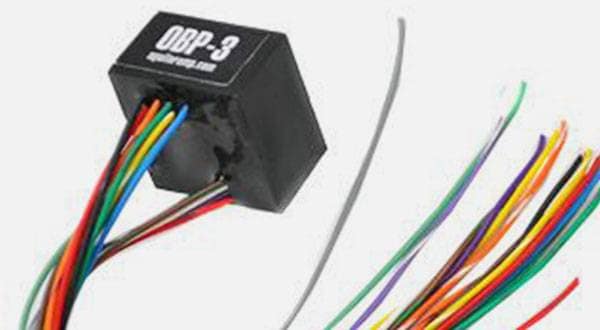
![[Latest for 2025!] Best-Selling Bass Preamps Ranking!](/contents/uploads/thumbs/2/2025/9/20250927_2_32994_1.jpg)
 ベーシストの自宅練習に最適な BOSS ベース・アンプ3選
ベーシストの自宅練習に最適な BOSS ベース・アンプ3選
 基礎から学ぶベースレッスン
基礎から学ぶベースレッスン
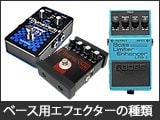 ベース用エフェクターの種類
ベース用エフェクターの種類
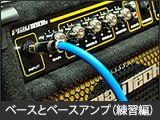 ベースとベースアンプ(練習編)
ベースとベースアンプ(練習編)
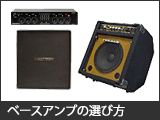 ベースアンプの選び方
ベースアンプの選び方
 ベース初心者講座
ベース初心者講座















